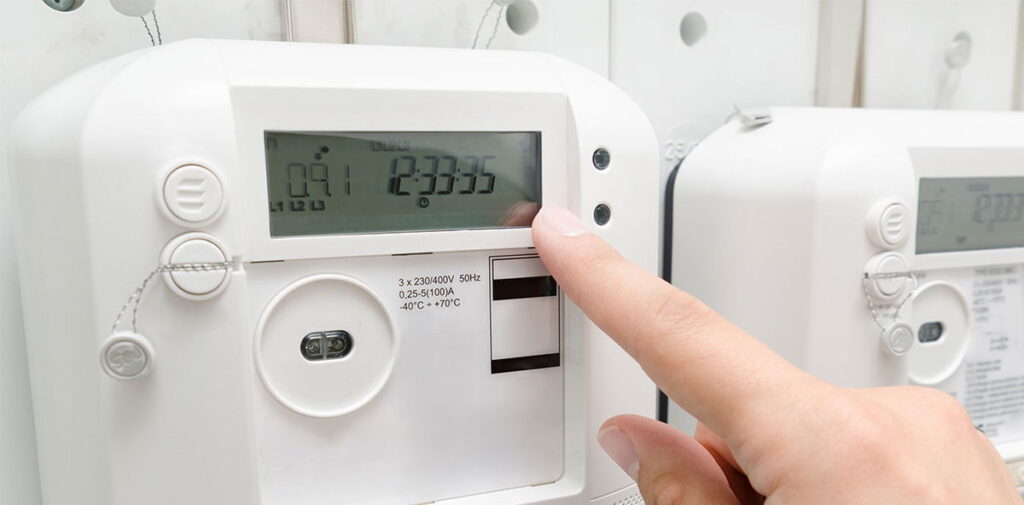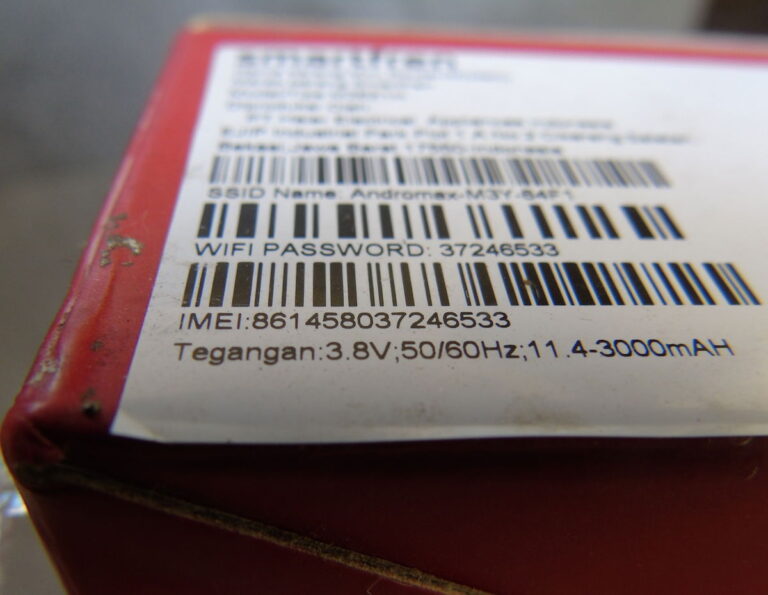
Knowledge is your best defence against inflated energy prices. Don’t let confusion or a pushy salesperson drain your wallet. Photo by endesa website.
Let’s face it, understanding your electricity bill in Spain can feel like trying to decode ancient hieroglyphs. Between fluctuating tariffs, mystery fees, and phone calls from persuasive sales people promising “incredible savings,” many expats and locals alike aren’t sure if they’re getting a fair deal or just footing the bill for someone else’s bonus.
If you’ve ever opened your factura de la luz and felt both confused and suspicious, you’re not alone. But a bit of knowledge can go a long way. Here’s how to make sense of your electricity costs, know if you’re on a good plan, and avoid being caught in the trap of overpriced energy.
Fixed vs. Variable Tariffs: What’s the Difference?
Electricity bills in Spain typically follow two types of tariffs: fixed-rate (precio fijo) and variable-rate (precio indexado).
- A fixed-rate tariff means you pay the same price per kWh no matter when you use electricity. This offers stability but can be slightly higher in the long run.
- A variable-rate tariff fluctuates depending on the wholesale market and the time of day. If you’re careful with your usage, like running appliances during off-peak hours you might save money, but you’ll also be exposed to price spikes.
The key? Understand your lifestyle. If you’re home during the day and can control your usage, the variable might work. If you prefer predictability, go fixed.
Check the Price Per kWh (Not Just the Total)
Many people glance only at the bottom of the bill: the total amount due. But that doesn’t tell you if your rate is good. Instead, check the cost per kWh (kilowatt-hour).
As of 2025, a fair average price for electricity in Spain ranges between €0.12 and €0.17 per kWh, depending on your plan and provider. If you’re being charged €0.20 or more, it may be time to switch.
Also, watch out for “permanencia” clauses, they are contract lock-ins that penalise you for switching early.
Don’t Be Fooled by Sales Calls
Aggressive marketing is a real issue in Spain’s liberalised energy market. Some companies use subcontracted call centres to convince people to switch providers, often disguising themselves as “official” reps or falsely claiming your current plan is expiring.
Golden rule? Never give out your CUPS number (the unique code identifying your supply point) to cold callers. If they have it, they can switch you without your full consent.
If in doubt, always ask for a quote in writing, and take time to compare it with your current provider before agreeing to anything.
Use the CNMC Comparison Tool
Spain’s National Commission on Markets and Competition (CNMC) offers an official price comparison tool on their website. This lets you compare offers from all certified energy companies based on your postcode and average consumption. It’s in Spanish, but worth the effort.
Website: Click here
Review Your Potencia (Contracted Power)
Part of your bill is based on how much power you’re contracted to use, called potencia contratada, measured in kilowatts (kW).
If you’re a couple living in a small flat but are paying for 6 kW, you’re likely overpaying. Most homes can run efficiently on 3.45 kW to 4.6 kW. Lowering your potencia can save you around €50 – €100 per year, with no change in comfort.
Watch the Peaks: Hourly Pricing Matters
If you’re on a variable tariff (PVPC or similar), when you use electricity matters. Rates tend to spike from 10am – 2pm and 6pm – 10pm, especially in summer. Try to run dishwashers or washing machines during midnight – 8am, when prices are typically lowest.
Final Tip: Simplicity Is Power
If you’re feeling overwhelmed, a good starting point is to take your latest bill to a trusted energy advisor or even your local town hall. Many offer free guidance, especially for pensioners and vulnerable households.
Knowledge is your best defence against inflated energy prices. Don’t let confusion or a pushy salesperson drain your wallet.







